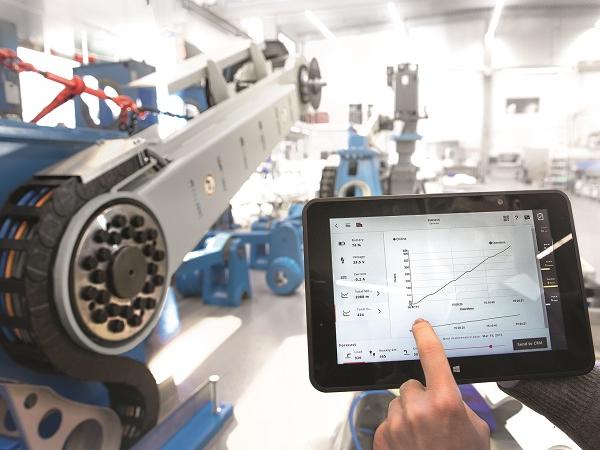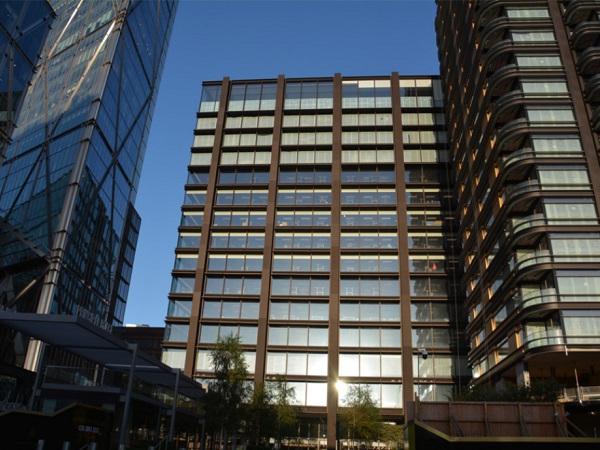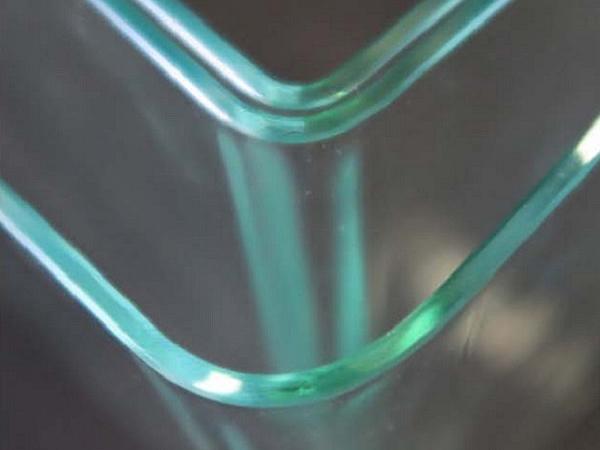Others also read
| In the last decade there has been a trend in Architecture to design façades in which all structural elements are made of glass. This trend has also extended to other parts of the building such as rooflights, staircases, etc.
| 111 Main presented a unique challenge of façade design.
| The use of renewable energies will play a role at “glasstec 2020” as well as at its special show “glass technology live” held in Düsseldorf from 20 to 23 October 2020.
| When we speak about technological progress in mechanical engineering in general terms, conversations often revolve around Artificial Intelligence (AI) and the Industrial Internet of Things (IIoT).
| The combination of the double-skin concept with unitized systems made current typologies of double glazed units possible.
| It is well known that laminated safety glass (LSG) is a material that is specifically processed because of its composition.
| During a recent project to understand the ability to use Transparent Structural Silicone Adhesive (TSSA) via linear bonding for cable wall fittings, a unique aspect of the material indicates a potential novel method for cold bending glass.
| This paper presents the results of an exploratory study into the metal-to-glass bond strength of a structural polyvinyl butyral (PVB) interlayer.
| Façades play an important role in the control of energy flow and energy consumption in buildings.
| Overview of the three available techniques for WS de-airing.
| Numerous innovations have been seen in the last decades concerning new façade technologies. These were driven by new materials or new applications of known materials, such as glued-on wall structures (structural glazing) in the 60’s and 70’s.
| The fragment count in the standardized fragmentation test in the standard EN 12150-1 is the way to define the safety level of tempered glass and a way to also get an indication about the stress and strength level of the tempered glass.
| This paper will discuss the psychology of perception, threshold, and emotion in interior glass design.
| The aim of this paper is to show that it is possible to reduce costs while maintaining clear architectural, constructive and structural concepts.
| Structural, architectural and installation demands must all be considered in glass structures. The best solutions do not form a compromise between these demands but integrate them into one solution.
| Three-dimensional formed glass products, manufactured from flat glass, are experiencing rapidly growing demand.
| Curved insulated glass units formed by tempered bending or annealed slumped bending offer a bold expression of architectural design with transparency and energy efficiency.
| In the constant search for original designs that truly push the limits, many building projects in the Middle East have been driving global innovation in engineering and façade design.
| New technological advances in glass have taken curved glass fabrication to different levels of complexity and performance in the last few years, and design continues to drive into new frontiers.
| Use of cold-bent and warped glass units in unitized curtain walling is a state-of-the art application.
| This article has been first published at Glass Performance Days 26-29 June 2019 in Finland. The use of load-bearing adhesive joints in the glass structures have been in the focus of research throughout the last years.
| New generation thin, lightweight and damageresistant glass seems to be the optimal material for extremely deformable structural elements for façades and building skins.
| Extended abstract (The complete contribution will be published in the Glass Structures & Engineering journal).
| Researchers and engineers search for solutions to achieve transparent lightweight structures combined with high structural performance.
| Daylight control is a main resource of energy saving in buildings. Daylight control systems with mirror optics have the potential to save air conditioning due to the ability to reflect the solar rays back into the sky.

























